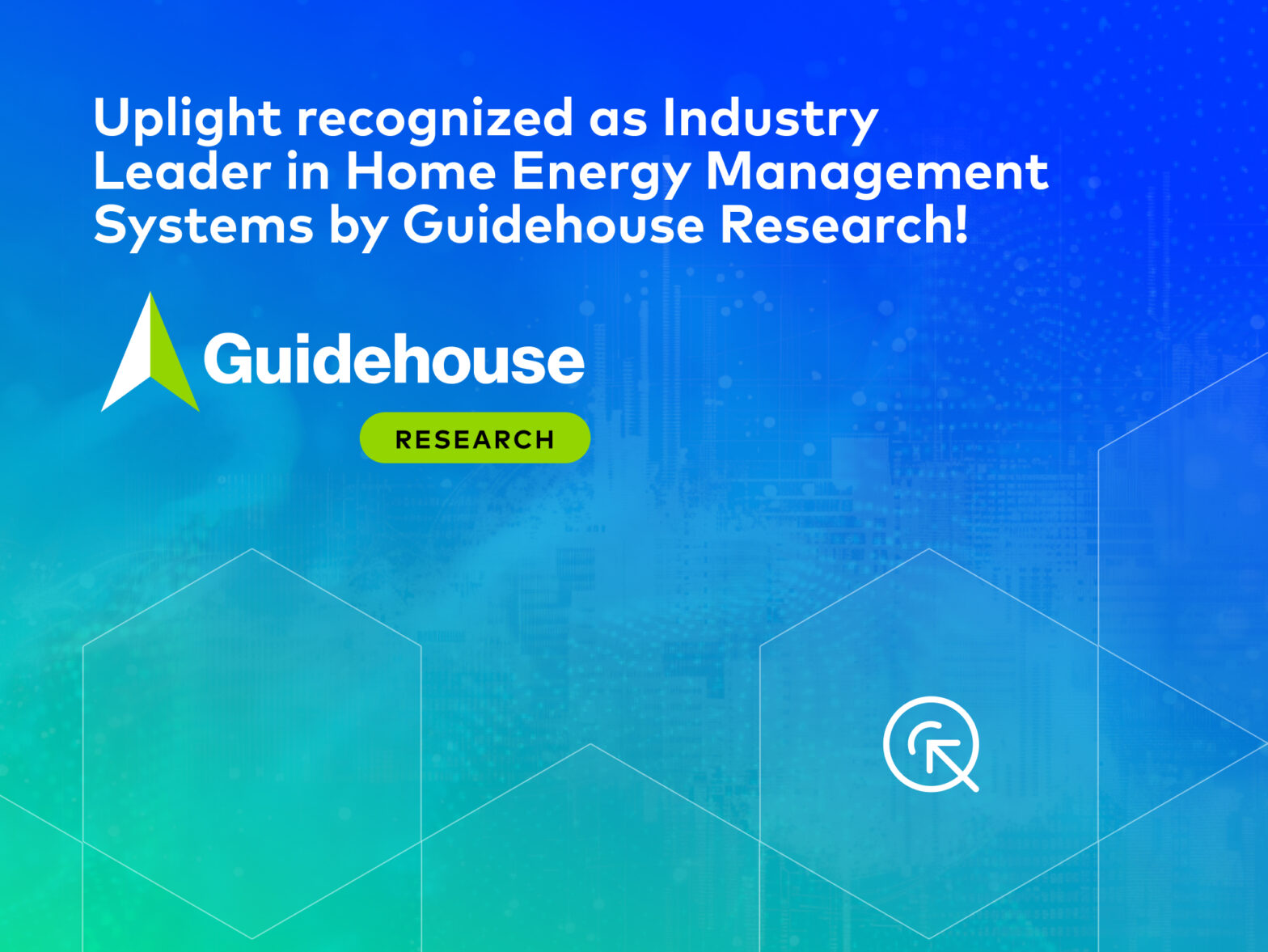Many energy providers are already garnering the benefits of their summer demand response (DR) programs. Combined with the continually growing adoption of distributed energy resources, and the growing need for flexibility in the grid with the transition to renewable energy sources, there is growing interest from utilities to expand their DR programs. Here are five ideas for DR expansion.
- Add businesses or multi family homes to your residential programs
Most DR programs serve residential customers in single-family homes. While small-to-medium sized (SMB) businesses can be excellent candidates for DR programs, they are typically ineligible for both larger commercial and residential DR programs. By taking a tailored approach to acquisition – such as working with a canvassing and install parter – and combining enrollments with other SMB energy efficiency outreach programs, utilities can cost-effectively recruit SMB customers for smart thermostat DR––even delivering 1.5-2x more load per customer compared to residential participants.
Utilities have also often precluded multi family homes from DR programs because of the hurdles involved such as difficulty in installing a smart thermostat and other devices. As utilities and regulators have increased their awareness of the inequalities in traditional demand side management program designs, Uplight has experienced an increased interest in expanding DR programs to include a multi family specific segment where utilities work with building managers to roll out compatible smart thermostats and water heater controllers. This enables energy providers to cost-effectively deliver more energy and bill savings to a previously underserved group of customers.
- Help customers in the winter, too, even if they use gas.
Most DR programs focus primarily on events to curtail the spike in and shift air conditioning usage in the summer. But as of 2021, two thirds of the DR programs Uplight administers will run through winter as well – operating as a mix of either mandatory or optional season for summer participants to be a part of. Expanding the program to operate in both summer and winter helps increase the net benefits of the program for utilities and participating customers alike.
But winter DR isn’t just limited to electric utilities. With an increasing number of high loads, gas pipeline restrictions, and extreme weather conditions, running gas DR programs in the winter can be beneficial to utilities looking to do more with less gas resources.For example, 2018 the NY Public Service Commission approved ConEd to run a 3 year residential gas DR pilot program. And after a summer electric smart thermostat DR program, Consumers Energy launched a gas DR pilot in winter 2020/2021 with 3,000 residential customers.
- Streamline the enrollment process
Let’s face it, DR programs won’t be successful if customers don’t sign up for them. Even when utilities target customers who recently bought smart thermostats – an audience that should be primed to participate – they are often disappointed with the results. Typically, only 5 – 20% of these targeted customers enroll in “bring-your-own-device” DR programs through an email campaign.
Utilities can target customers for DR program enrollment when they purchase a smart thermostat while they are checking out on a utility Marketplace to boost enrollment. These customers are already thinking of their home energy use, and making the process seamless can generate 4-5x more enrollments than a traditional BYOD program.
- Ask the right customers to participate on their preferred channel
Using all customer profile data, target customers who have smart thermostats with an offer for just the DR program and customers with neither for both the smart thermostat and DR program enrollment. And don’t just stop at one channel. It may take a few touchpoints to educate customers about the benefits of the program and address any lagging concerns. Promoting the program on website, on bill inserts, via email, on social media, on Home Energy Reports, and even in the call center can increase enrollment and help more customers save energy.
- Use DR to help customers manage TOU rates
Many utilities are implementing time-of-use (TOU) rates as another tool to manage load. But these rates can be confusing to understand, even if a customer decides to opt-in. DR can help customers with smart thermostats make sense of their rate plan and personalize the thermostat schedule to optimize usage based on the pricing structure. When using DR to optimize HVAC cooling at a Southeast electric utility, customers could save 4-12% off their energy bill compared to the standard rate.
DR has the potential to help utilities respond better to changing demands on load and increase flexibility as we transition to a net zero grid. And by expanding existing programs, utilities can make it easy for customers to save money, stack value streams, and ultimately increase the strength of relationships with their customers.




